Find the Best Time to Fish in Alaska – Top Seasons and Species
Alaska is a fisherman’s paradise. The pristine streams and rivers offer incredible opportunities to catch a variety of fish, including Halibut, Rainbow Trout, Rockfish, and King Salmon. But there’s a catch. Not every season is suitable for fishing in Alaska, so here comes the billion-dollar question: ‘ What is the best time to fish in Alaska?’ If you want the answer to this question, then read this blog until the end because we’ll be discussing the best time to catch fish there and which species you can find at what time.
So, let’s get right into it.
Contents
When is the Best Time to Go Fishing in Alaska?
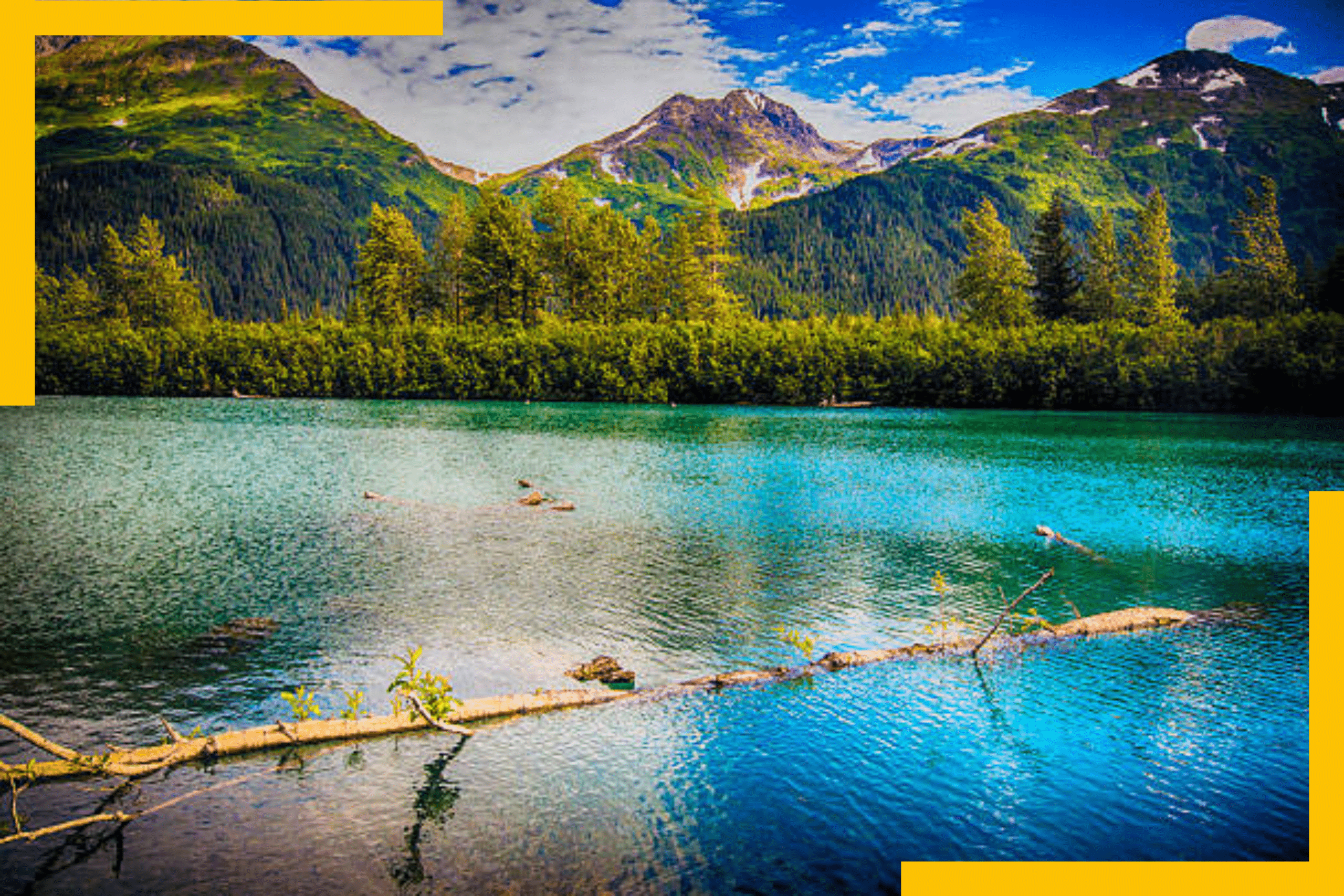
Alaska, the Last Frontier, is home to teeming lakes and rivers. It offers a fishing experience unlike any other state in the US. But when is the ideal time to cast your line in its legendary waters?
The answer depends upon your fishing style, preferred species, and overall experience you’re seeking,
Seasons Wise
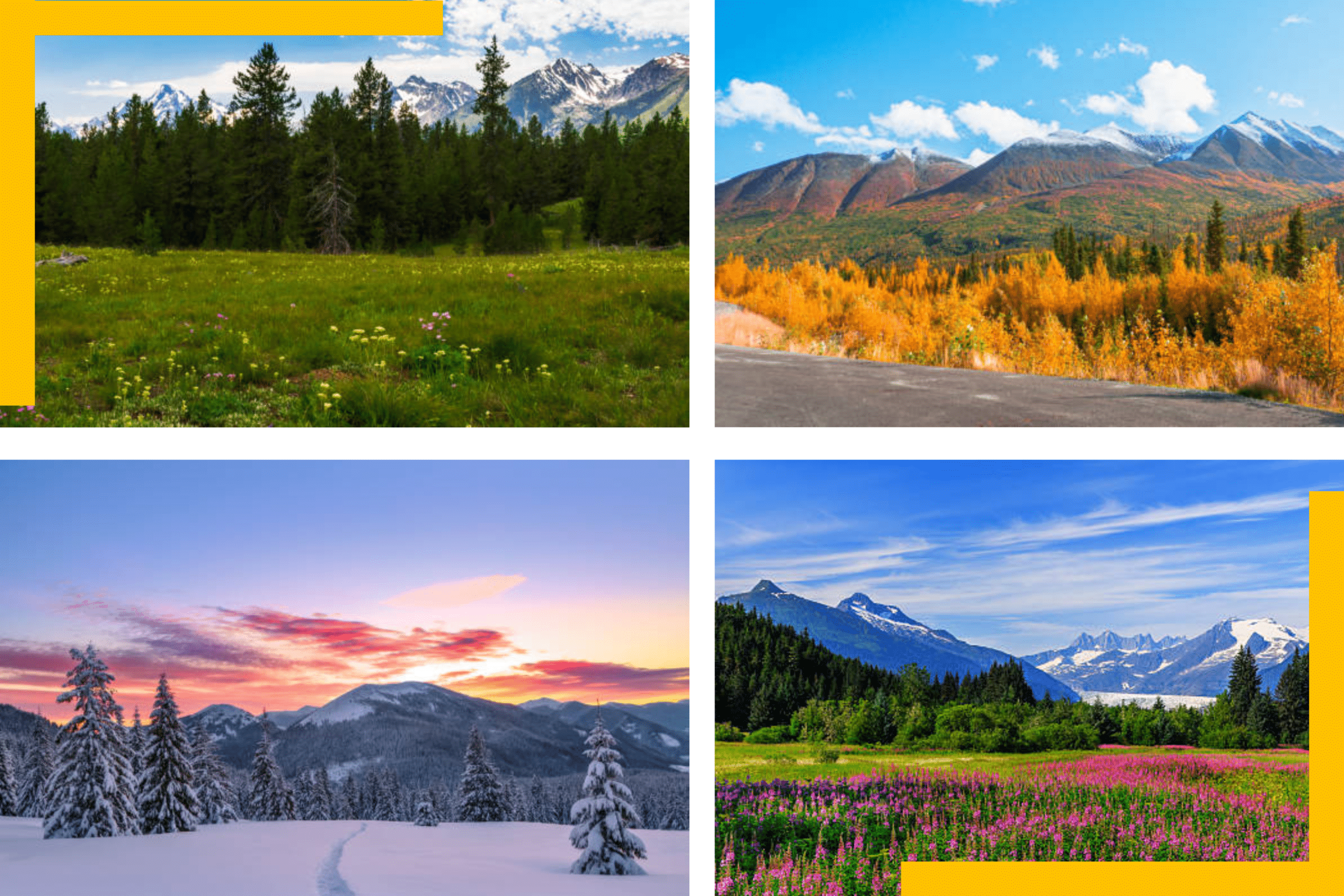
Summer (May-September)
Summer in Alaska is the peak of fishing season. The iconic salmon are in full swing. The weather during summers is mild, with long daylight hours that give you enough time to explore the waterways. Whether you’re chasing hefty King Salmon, acrobatic Silvers, or feisty Sockeye, summers in Alaska offer the most extensive salmon fishing opportunities.
Apart from Salmon, you can also get your hands on other species like Trout and Halibut.
Potential drawbacks: Even though summers are ideal for fishing, the rivers and lakes can get very crowded, and the prices of charters and lodging can soar.
Early Summer (May-June)
As the rivers start flowing after the ice melts, fish that have been quiescent throughout the winter season are famished. They aggressively hunt for food and most likely will get stuck in your flies or lures. This season is ideal for fly fishing enthusiasts because species like trout take dry flies.
Potential drawbacks: However, early summer isn’t the ideal time for fishing because mosquitoes can be nuisances, and the weather can be unpredictable. So, it’s best to make your packing list for Alaska carefully.
Late Summer (July-September)
The rivers and streams teem with larger and more mature fish as the season progresses. Even though the salmon starts winding down, other species like halibut and trout are available in great quantity. You can also find trophy-sized trout during this time.
Moreover, the crowd gets dismissed during this time, another advantage of fishing in late summer.
Potential drawbacks: Unfortunately, the weather gets a bit cold at this time, and it frequently rains in Alaska.
Shoulder Seasons (Spring/Fall)
This season offers an entirely different type of fishing adventure. Even though you cannot find fish like salmon, the shoulder seasons give you the unique opportunity to target other species. During spring and fall, the crowd gets smaller, and the cost drops.
In the fall, the fish are preparing for a long winter ahead, and in spring, they wake up from long naps, which makes them more active feeders.
Potential drawbacks: The weather becomes unpredictable as both are transitional periods between peak seasons. The weather conditions have become more viable, which makes fishing potentially more challenging and less comfortable.
Species Wise
Salmon
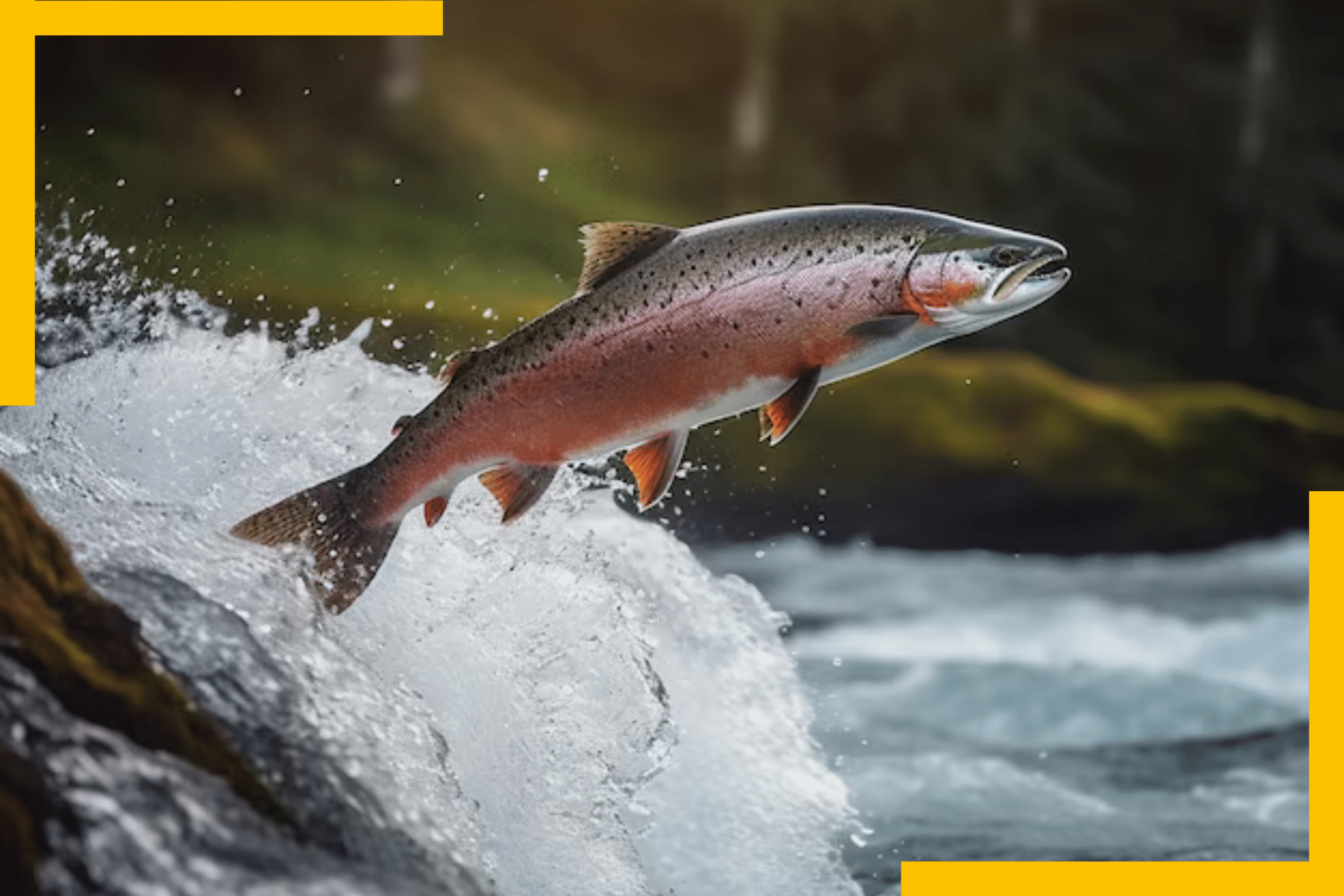
They are the stars of Alaskan fishing. Each species of Salmon offers an entirely distinct experience.
King Salmon (Chinook)
Peak season: May – July
This prized catch is known for its majestic size and robust flavors. It is found throughout the major river systems and coasts of Alaska. Anglers catch it with trolling gear.
Sockeye Salmon (Red)
Peak season: June – August
Among anglers, Sockeye salmon is known for its vibrant red flesh. Its firm texture and rich flavors make it delicious cuisine. These resilient fish symbolize the enduring spirit of the wilderness of Alaska.
They are present in lakes and rivers across Southcentral and Southwest Alaska. Fly, drift, and spinning fishing techniques are used to target them.
Silver Salmon (Coho)
Peak season: July – September
With bright red fins, silvery sides, and firm texture, silver salmon are known for their solid fights and acrobatic leaps. They inhabit coastal rivers and waters throughout Alaska. They provide thrilling adventures to anglers fishing in the waters of Alaska.
Pink Salmon (Humpback)
Peak season: July – August
These small, pale pink fish are abundant in the peak season in streams and rivers across Alaska. They are known for their delicate texture and mild flavors. These are among the most popular fish caught in Alaska and sold domestically and internationally.
Chum Salmon (Dog)
Peak season: June – August
The distinct olive-green color and canine-like teeth make chum a popular fish among anglers. They are found throughout the coastal waters of Alaska. Mooching and trolling are two methods of catching them.
Trout
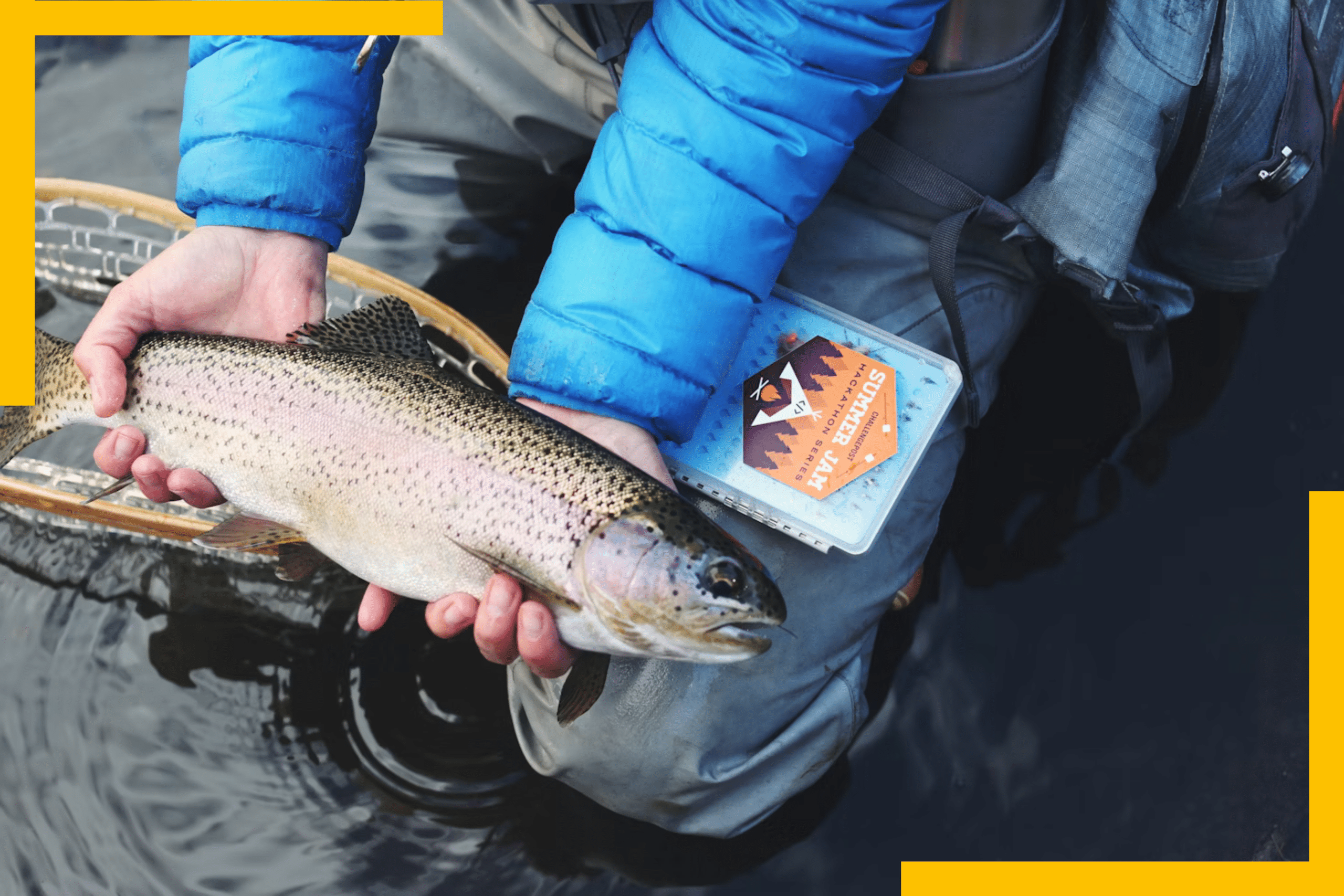
These freshwater fish belong to the Salmonidae family and inhabit streams, rivers, lakes, and ponds worldwide, especially the clear waters of Alaska.
Rainbow Trout
Peak season: Year-round, best in spring and fall
Oncorhynchus mykiss, aka rainbow trout, are beautiful and vibrant freshwater fish that prefer to dwell in well-oxygenated waters. These colorful species inhabit lakes and rivers throughout Alaska.
Dolly Varden
Peak season: Year-round, abundant in summer
This vibrant-colored trout is native to the fresh waters of Asia and North America. During the spawning season, its colors intensify. It is usually found in abundance in the coastal rivers and streams of Alaska.
Halibut
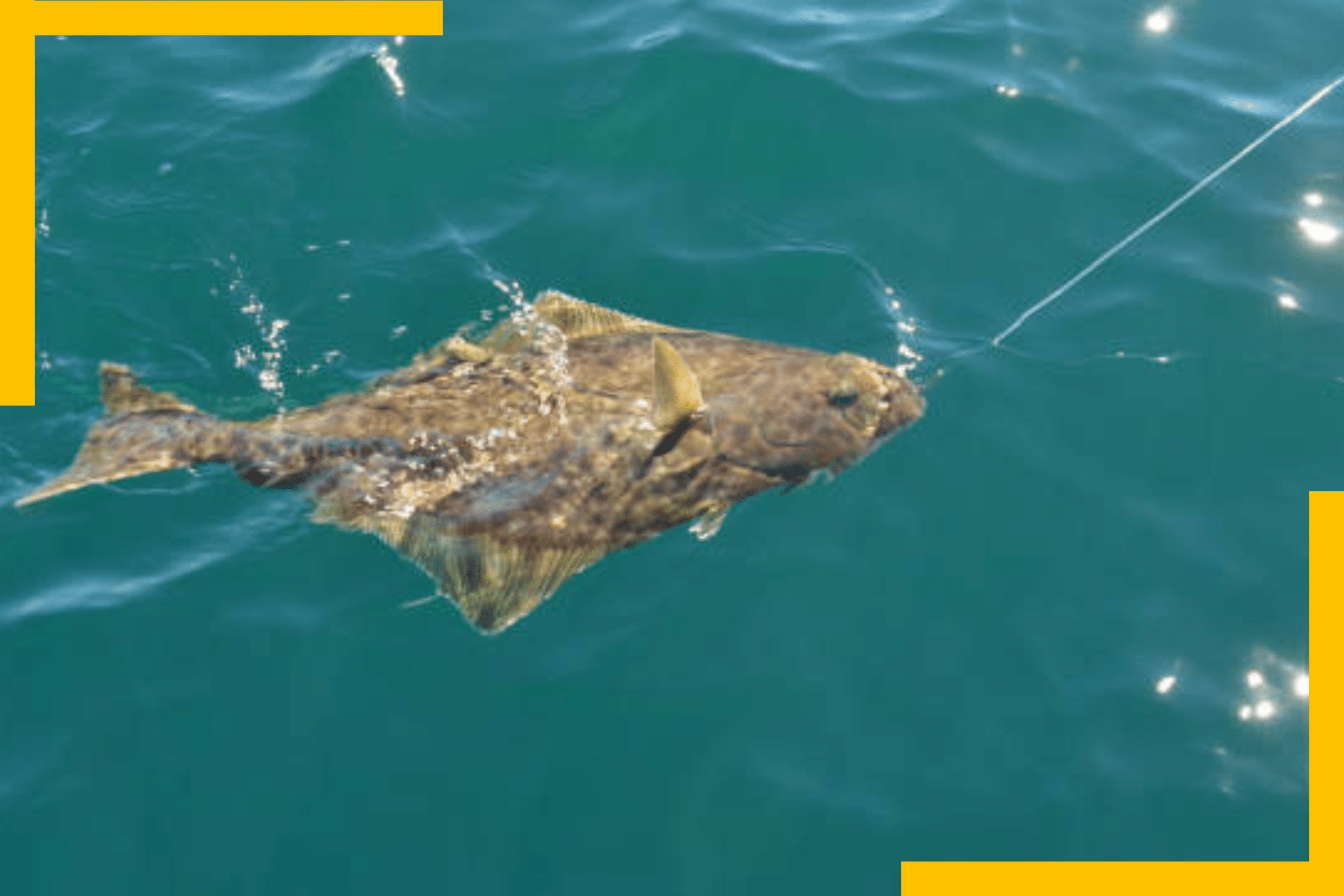
Peak season: May – September
These large flatfish thrive in the deep, cold waters of Alaska’s coast, especially the Bering Sea and the Gulf of Alaska. Halibut fishing is a quite popular recreational activity in Alaska. Moreover, it is an important commercial fishery, supporting the local economy and being distributed in the regional and international seafood markets.
Lingcod
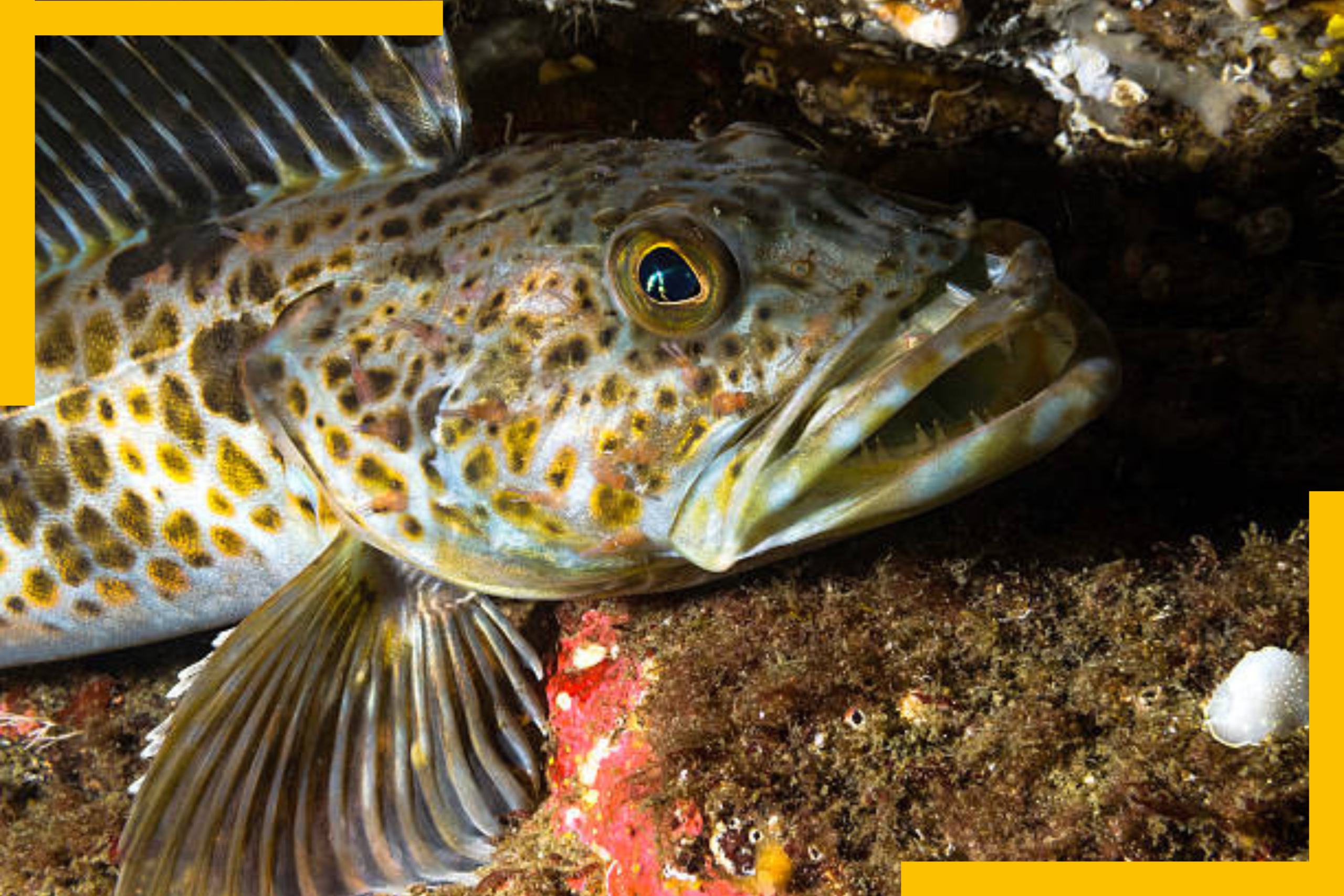
Peak season: July – September
Lingcod is a predatory fish characterized by its mottled brown, grey, and green coloration. It has a large body and a mouth filled with sharp teeth. Lingcod is found in the rocky, cold coastal waters of Alaska, and fishing is a popular sport there.
Rockfish
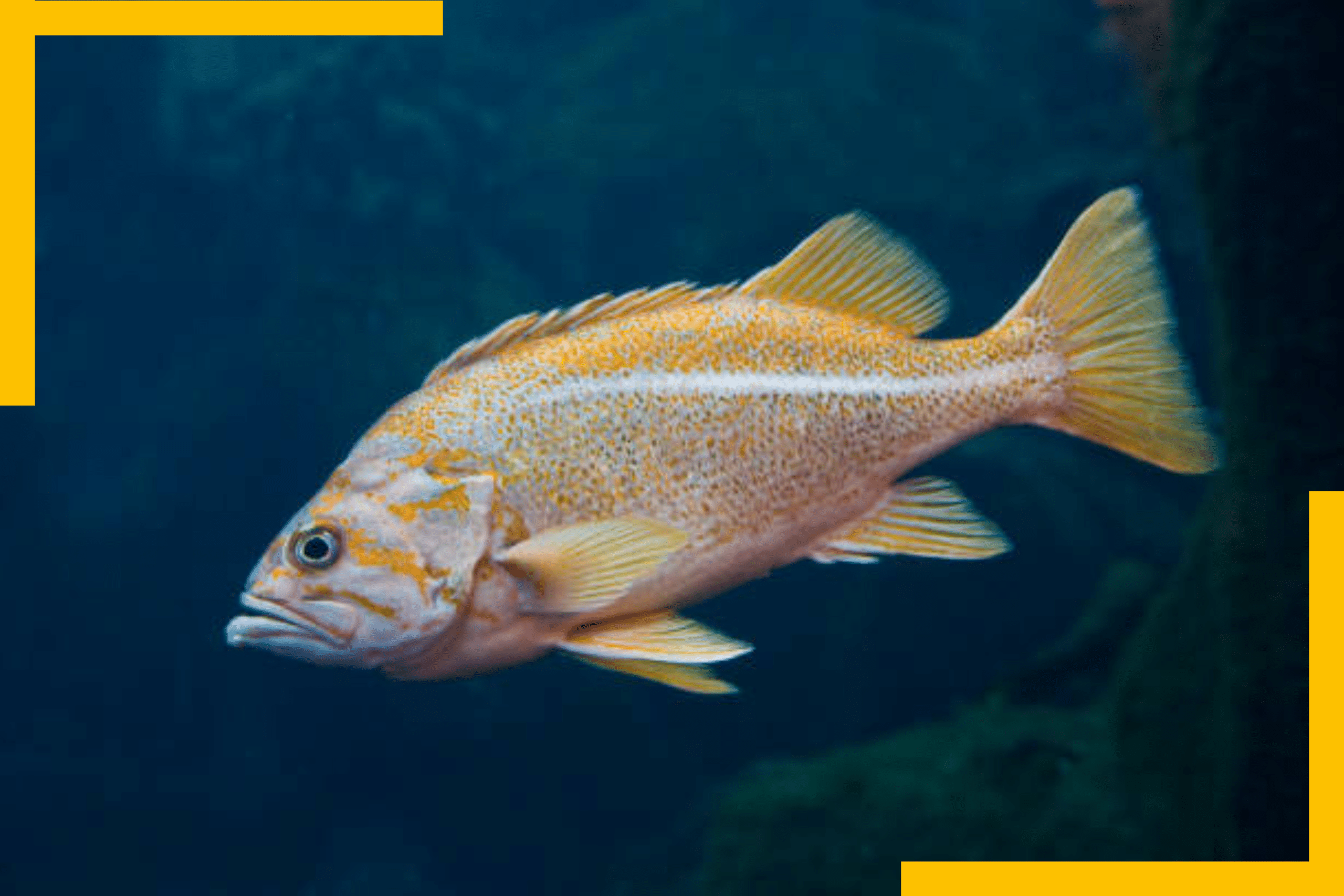
Peak season: Available year-round
Another hidden treasure lurking beneath Alaska’s waters is rockfish. This diverse group of fish species is also found in Alaska’s rocky, cold lakes, rivers, and ponds. They are a popular target for both commercial and recreational fishermen in Alaska. However, some rockfish species are subject to regulations due to concerns about their population sustainability.
Recommended Readings:
What’s Next?
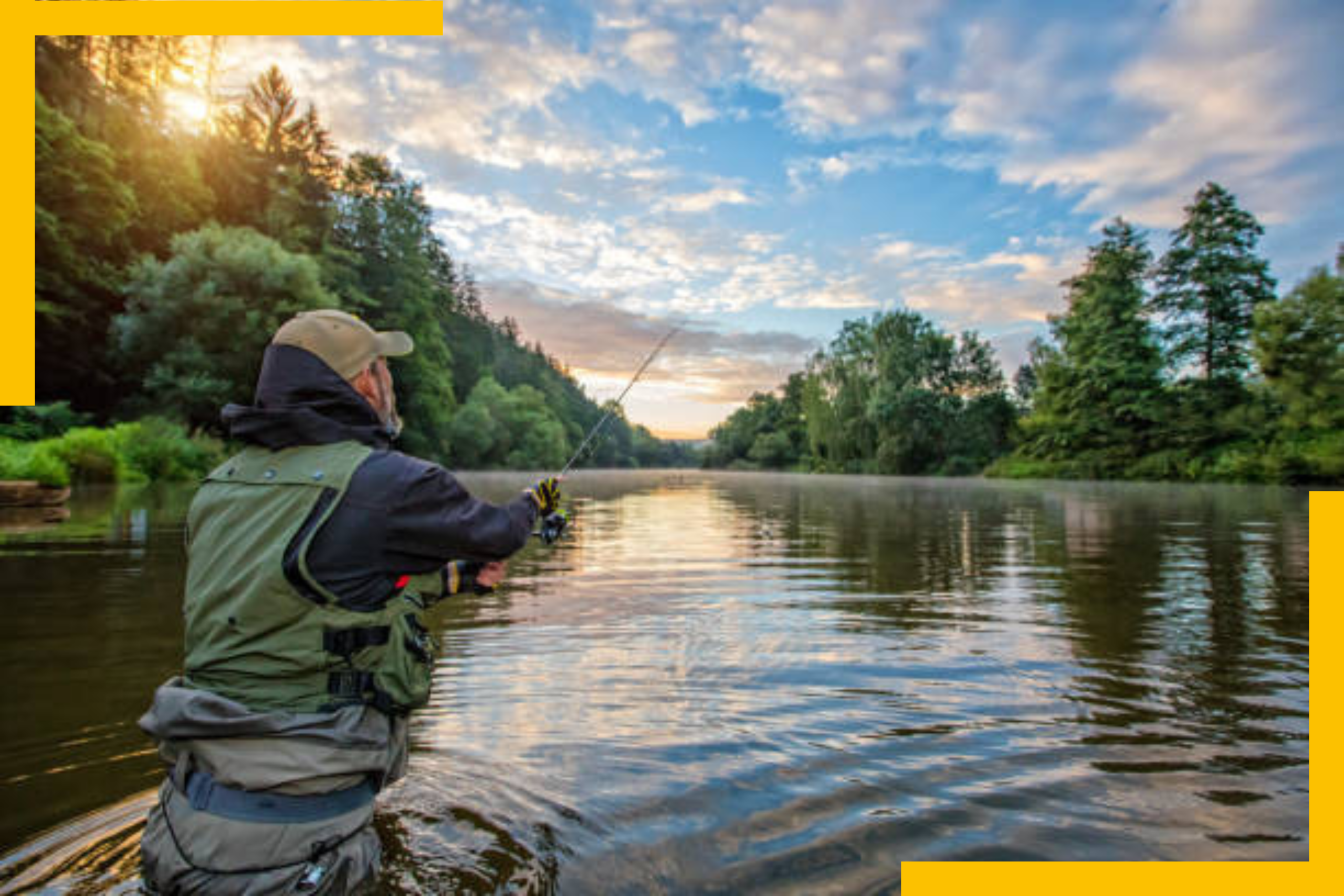
Fishing in the clear waters of Alaska is always fun. If you plan to fish in Alaska, you should always check local regulations for bag limits, specific seasons, and gear restrictions.
On this note, we end this fishing guide in Alaska. We hope we have answered your question. If you’re planning an Alaskan adventure, visit our website for insider tips.
Frequently Asked Questions
1. What’s the best fish to catch in Alaska?
Alaska is a famous fishing spot because of the variety of Salmon. You can find species of Salmon like Coho, Chinook, Sockeye, Pink, and Chum Salmon that you won’t find anywhere else. Anglers visit Alaska so they don’t miss the golden opportunity of catching this many varieties of Salmon.
2. Can tourists fish in Alaska?
Non-residents cannot fish in Alaska without a fishing license. They can buy it from any nearby grocery store and sometimes from the charter vessel. Visitors can purchase licenses online as well. For more information related to fishing in Alaska, visit the Alaska Department of Fish & Game website.
3. Do they fish in the winter in Alaska?
Ice fishing is common in Alaska during winter. Anglers visit the Delta and Fairbank areas. Four lakes in these areas, Harding, Chena, Birch, and Quartz, are stocked with many fish species from November through early March.
4. What does it cost to fish in Alaska?
A fully guided fishing trip to Alaska can average cost you around $200 and $600 per person. This is just an estimate, and the price can vary depending on various factors.



